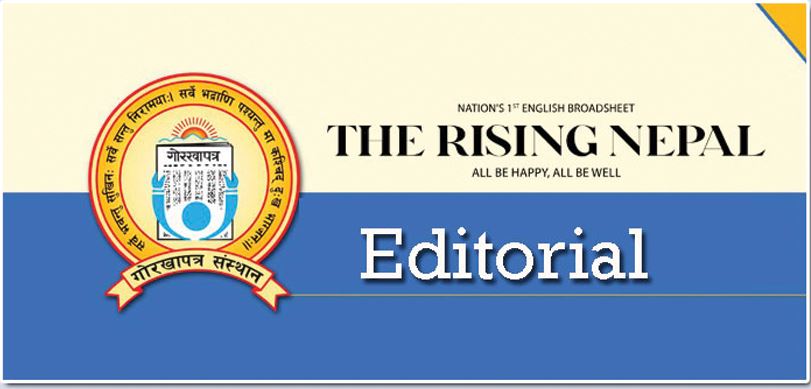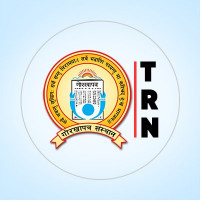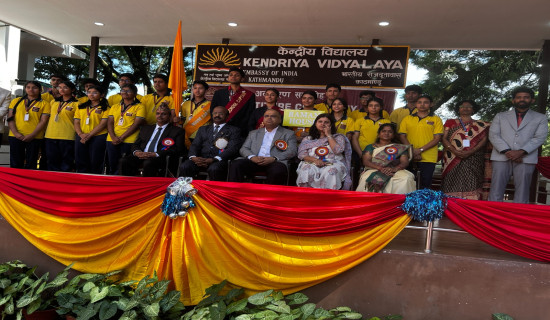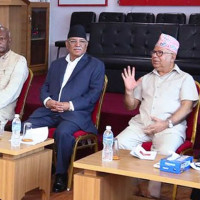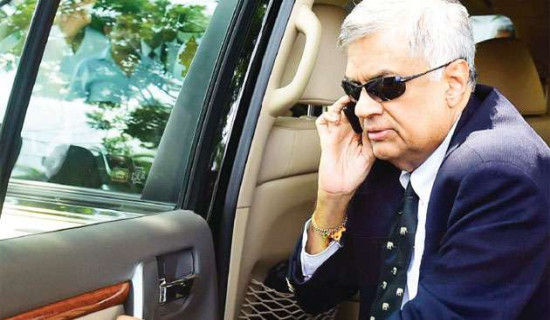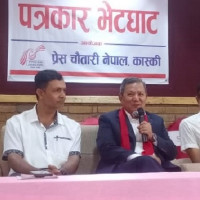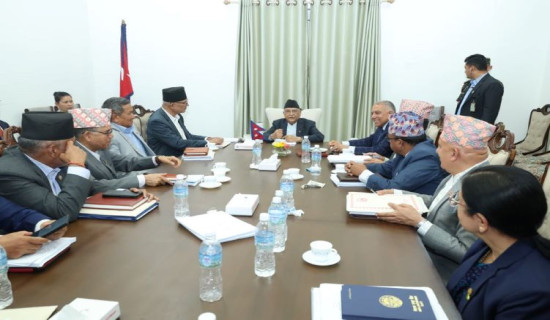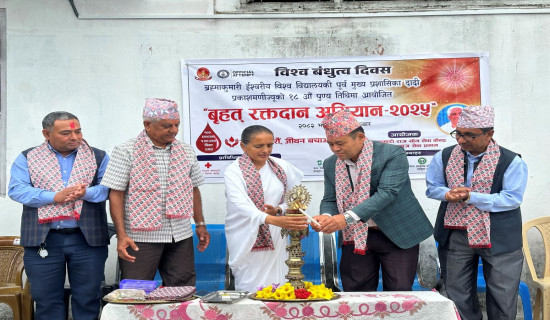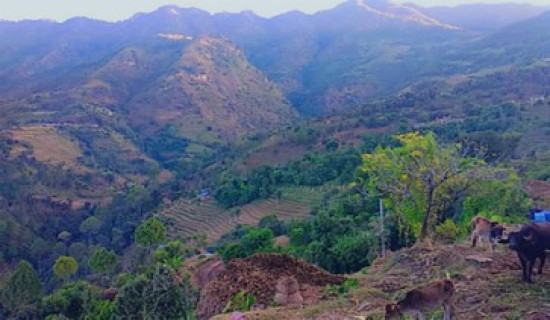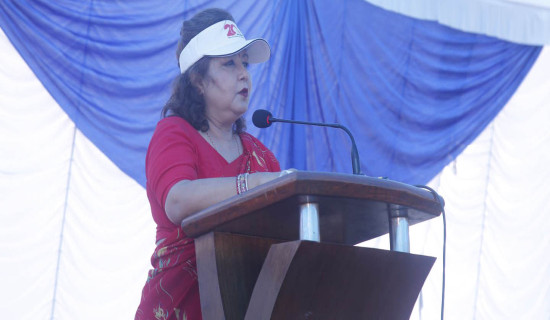- Saturday, 23 August 2025
Operation Of Overpass
In today's fast-paced world, economic productivity is hailed as the key to higher income. In a world where more and more people are commuting daily for work, either by their own vehicle or by public transportation, traffic congestion has emerged as a major obstacle hindering productivity growth. Such an impediment is also costing global commuters valuable time and hundreds of billions of dollars in lost productivity.
There is universal agreement that poor infrastructure is the leading cause of this loss. To address this issue, many novel ways of building efficient infrastructure have been implemented. Tunnels, underground passes like those in metro railways, flyovers or overpasses – all work wonderfully not only to ease traffic congestion but also to reduce travel time and fuel consumption. While these road infrastructures are the mainstay of the transport system in developed countries, Nepal is slowly but steadily making headway in building them.
The opening of the Gwarko overpass, in Lalitpur district, to the public on Friday is a testimony to this fact. Overpasses are beneficial infrastructure because they enhance traffic flow, improve safety by separating different types of traffic and pedestrians, and facilitate better connectivity between regions. In some countries boasting world-class road networks, they also contribute to a more sustainable transportation network by encouraging active modes of transportation like walking and cycling.
After years of delays, several missed deadlines, and added costs, the much-awaited overpass at one of the busiest intersections in the Kathmandu Valley was officially inaugurated. The Gwarko flyover is expected to play a pivotal role in managing urban traffic and improving connectivity. The area had been notorious for traffic gridlocks for many years, but with the opening, they are sure to be a thing of the past.
While the completion of the project is going to relieve commuters of many hassles, it also serves as a cautionary tale of time and cost overruns. During its construction, it repeatedly faced design issues and construction halts. It also had to endure quality control issues, which led to a partial demolition and reconstruction. All these factors increased the cost from an initial contract value of Rs. 170.6 million to Rs. 314.6 million. The contractor also had to pay a penalty for the delay. Although the construction began according to the proposed design, several technical complications required major revisions.
Spanning a total length of 576.2 metres, including 540 metres of approach ramps on either side and a 36.2-metre central bridge span, the road infrastructure is a milestone in the transport sector of Nepal. A similar overpass is under construction in Balambu as part of the Nagdhunga Tunnel Project in Kathmandu. The Ministry of Physical Infrastructure and Transport has planned to construct one more flyover in the Ring Road area in the upcoming fiscal year 2025/26, either in Satdobato or Ekantakuna.
Besides, the government has identified several other infrastructure projects, including the Tokha-Chhahara-Gurju Bhanjyang tunnel route, the Hemja-Nayapul road tunnel, New Baneshwor underpass, Siddhababa tunnel, Khurkot-Chiyabari tunnel, Phusrekhola-Chhorepatan-Gudyekhola tunnel, Shivapuri-Bhalubang tunnel and Ranighat-Bhurigaun tunnel.
Being a landlocked country, Nepal has no option but to rely on its road infrastructure for transport. Evidence shows that overpass and tunnel transportation are much better alternatives to ground transportation in many ways. The government should give much-needed impetus to such projects already in the pipeline and also plan new ones.

